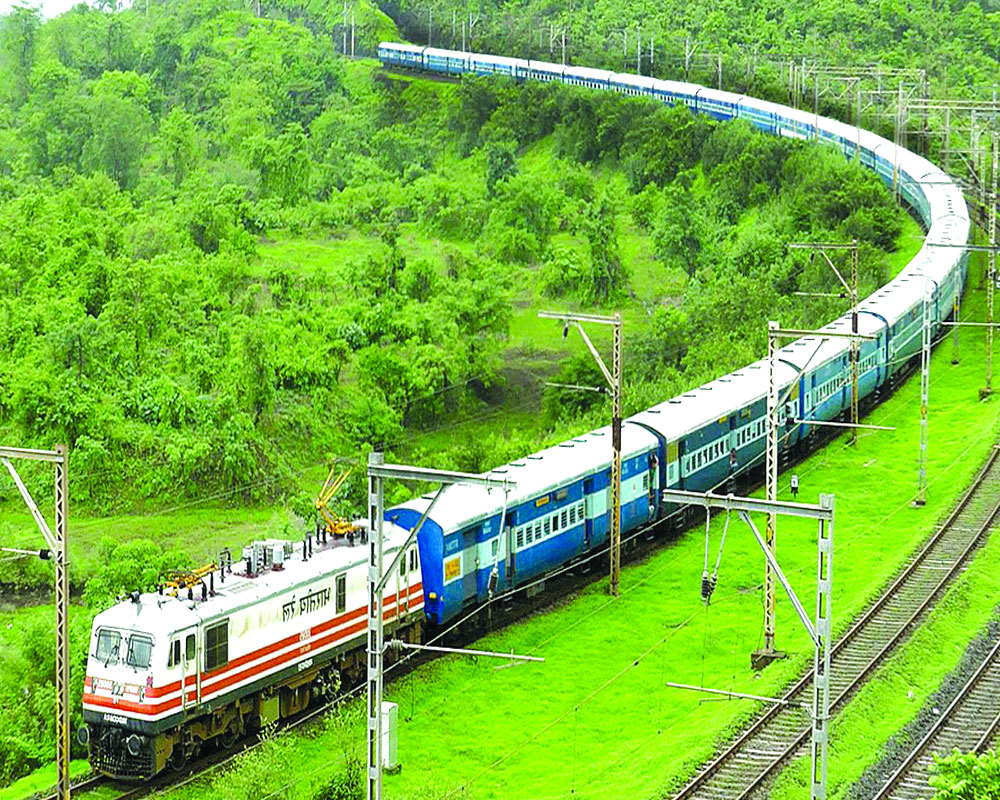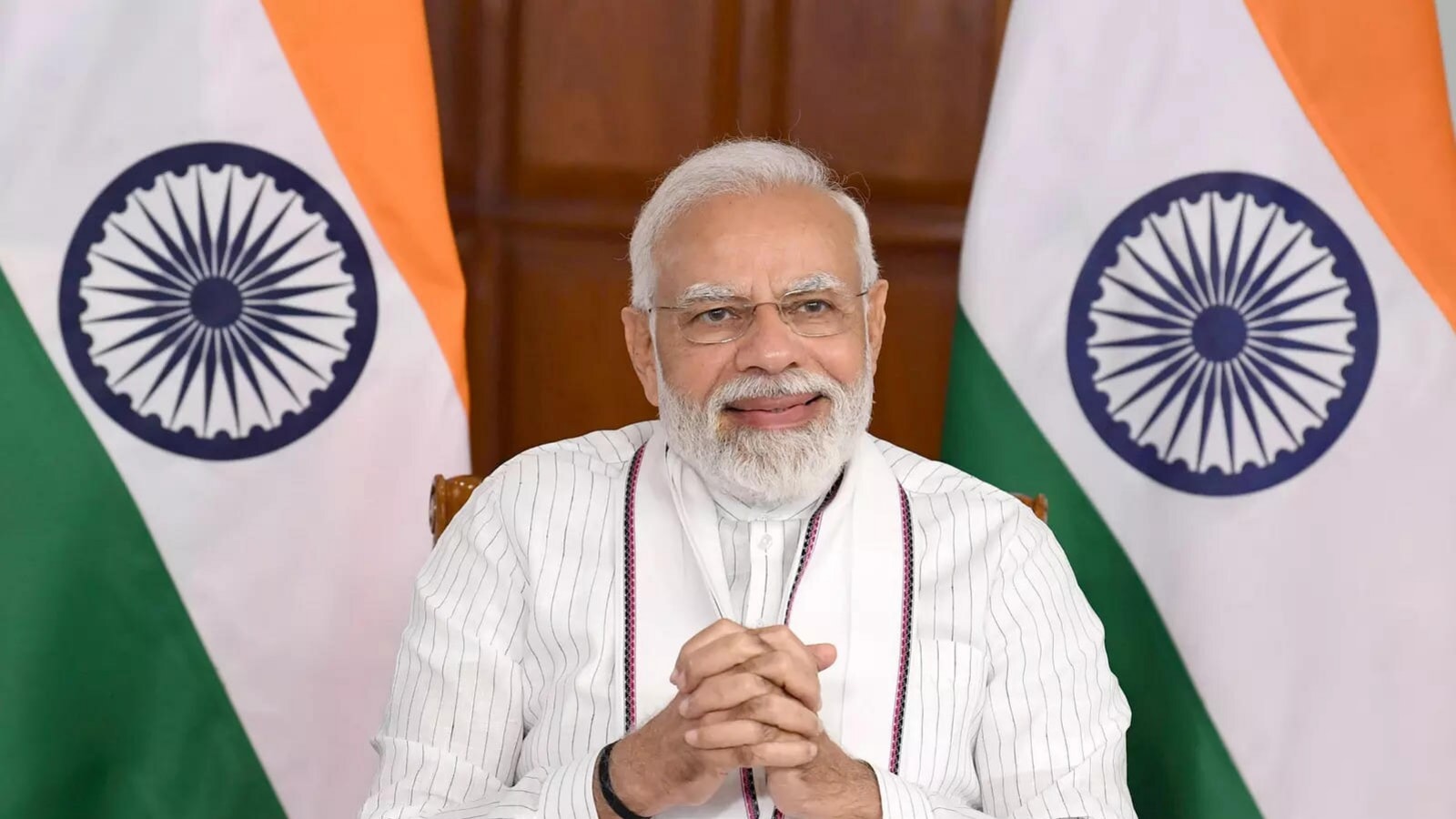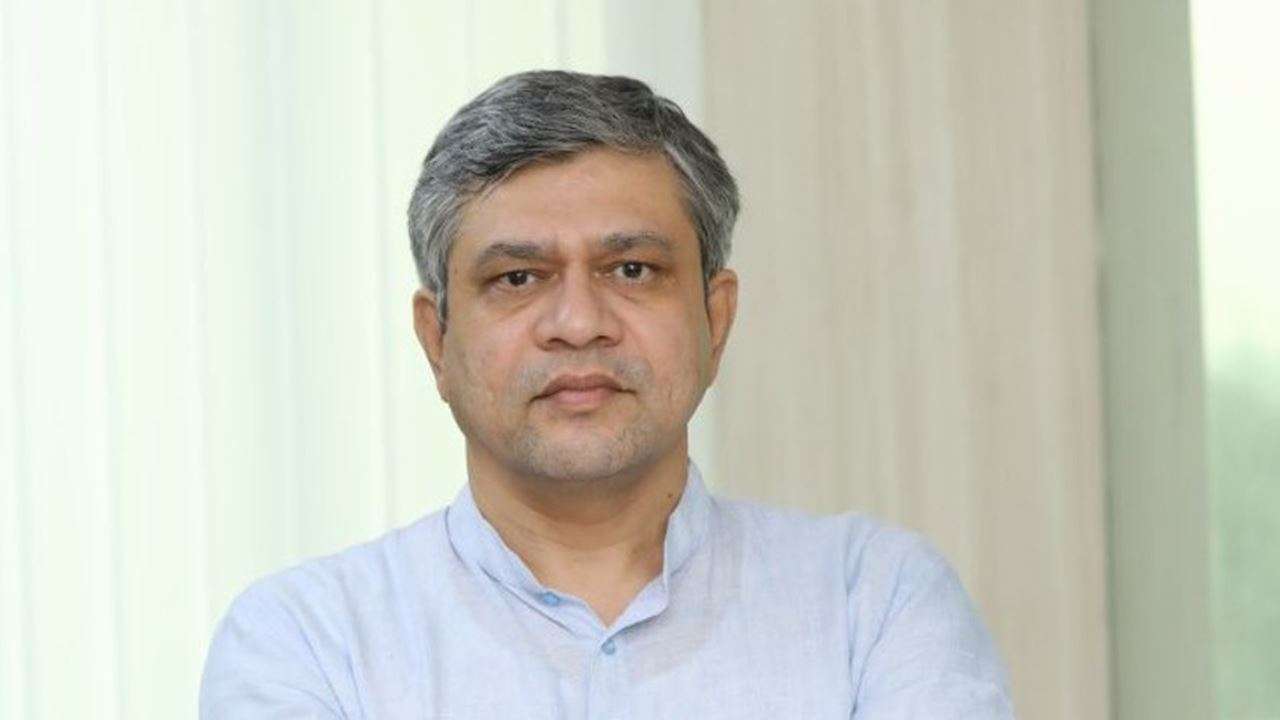Railway ministry plans to bid out 16 stations under PPP route

Railways stand in biding out of stations
According to reports, the railways would tender out 16 stations, such as the Anand Vihar Terminal, underneath the public-private partnership (PPP) system for refurbishment over the next two months. There are various other stations such as Chennai Central, thane, Andheri, etc. in the scope of the developmental plan for this year.

These railway stations would be refurbished to enhance basic facilities and passenger accessibility. To stimulate the private sector, various monetization approaches are being investigated. In the first phase, 199 terminals with a daily average of 50 lakh are projected to be renovated. At a press conference earlier this month, Railway Minister Ashwini Vaishnaw stated that the plans for the reconstructed stations will have a big roof plaza with all passenger services in one location, as well as places for shopping, cafeterias, & recreational facilities.
While the contract for 47 stations is out, construction on 32 stations is already beginning, according to Vaishnav, who said that the goal is to finish the rebuilding of said New Delhi railway station in three years and a half.
After using the ‘engineering, procurement, and construction (EPC) method to revamp New Delhi, Ahmedabad, & CST Mumbai railway stations, the railroads will now use the public-private partnership (PPP) method. This may increase the price of station tickets & other railway facilities.
How will the PPP model in railways lead to infrastructural development?
Infrastructure development is the foundation of a country’s economic progress. According to a recent estimate, the exponential expansion in population puts strain on current civic services, demanding INR 50 trillion in infrastructure investment to achieve sustainable growth by 2022.

Naturally, infrastructure is the main emphasis area for Prime Minister Narendra Modi’s government as it attempts to accelerate economic development within the post-COVID-19 scenario. The government has set an ambitious objective of allocating $ 1.4 trillion from 2019 & to 2023, including USD 750 billion in railway infrastructure investment by 2030.
Nonetheless, the PPP model has several challenges that must be overcome for it to be effective. Unviable PPP project tenders due to a lack of sufficient planning and excessive cost projections is a big concern. Similarly, use agreements are frequently found to be ineffective since they frequently fail to state the lump sum/unforeseen fees, heightening the possibility of friction between these parties. Furthermore, the system of obtaining several certifications and licenses from various regulatory organizations prolongs and slows the process.
Furthermore, inadequate conflict settlement exacerbates the PPP model’s viability. India, being a developing country, has failed to embrace mainstream PPP processes that are consistent with global norms. According to the World Economic Forum’s Global Competitiveness Index (GCI), India ranks 40th out of 137 economies. Countries like Australia, France, & Japan have set a model for the world at large by establishing best practices in PPP.
Indian Railways is indeed an essential component of the country’s infrastructure development. India has one of the world’s biggest rail systems under one management. Given its importance in overall infrastructure development, the NIP anticipates expenditure in Indian Railways totaling Rs 11.43 lakh cr till 2024-25. The RLDA is leading the PPP rehabilitation of 60 rail stations across India. The station reconstruction is divided into two parts: I mandatory station redevelopment and ii) station estate (business) development. The required station refurbishment will make travel easier and more convenient without diminishing the historical importance of these stations, whilst commercial development will allow developers to tap into many revenue sources to assure the project’s profitability.
These rebuilt stations will have cutting-edge facilities such as arrival and departure segregation, great road connectivity alongside multi-modal transport integration, and security and surveillance technology to enhance the passenger experience. It will increase tourism potential, enhance real estate, foster job creation, and have knock-on consequences for the local economy.
The Indian Railways is only one example of how PPP may be used to hasten infrastructure development. Fostering innovation and implementing global learning will be critical to unleashing its myriad of advantages and attaining the ambition of a $5 trillion economy by 2024.

Is the PPP model in railway success?
The Public Private Partnership (PPP) approach, developed by the Ministry of Railways under the Participatory Policy (PP)-2012, has shown to be extremely effective in achieving the intended goals. The PPP approach in railroads has assisted the railways in accomplishing the defined goals by increasing investment in building rail connections and facilities by enlisting strategic partners as well as other investors.

According to Union Railway Minister Ashwini Vaishnav, the PPP technique has proven to be highly effective, particularly in providing a “last mile rail connection” to numerous ports and industrial clusters. He also stated that the railway is undergoing substantial modernization by bringing new technology-driven amenities and services to passengers.
According to the minister, 14 PPP projects worth Rs 9,234 cr have already been completed in Indian Railways. “Ten additional projects worth Rs 19,417 cr are now being implemented, including those relating to coal linkage and port connection,” the minister said. Seven other projects worth Rs 13,971 cr have already received in-principal clearance to proceed.
“Modern technology primarily includes the adaptation of greater horsepower locomotives, modernization of signaling and telecommunication, station construction, and IT-enabled services for enhanced customer contact, among other things,” added the minister.
He stated that all feasible funding options are being investigated for the modernization of railway systems & the adoption of new technology, which would be fulfilled using both budgetary and extrabudgetary resources.
Need for privatization of railways
- Low service, catering, and timeliness quality- Indian Railway gets praise for preserving the biggest democracy’s railway network, but it suffers criticism in service, punctuality, and catering.
- Low internal revenue- revenue has not been created at an optimal level due to cross-subsidisation.
- Cross-subsidization occurs when money gained from freight traffic is shifted to cover a revenue shortfall in passenger travel.
- The increasing number of railway accidents has called into question the government’s efficiency and efficacy in maintaining railways.
- Expectations are rising- The Indian Railways system is constantly expanding, and much more investment is needed to provide new rollers of new trains to fulfill the increasing demand of passengers.
Advantages of PPP in railways
- Enhanced infrastructure- privatization of IR will lead to improved cleanliness and hygiene in restrooms, continuous access to clean and drinkable water, and so forth.
- Price normalization- the entry of private firms into the IR market will promote competition, resulting in lower fares and improvements to other amenities to attract more customers. For example, greater rivalry in the telecom industry
- Improved security- Privatization of IR will lead to increased accountability and responsibility, resulting in fewer accidents among railway wagons and improved individual security.
- Improved technology- the greater competition would incentivize private firms to invent new things, resulting in improved convenience and performance of Indian Railways.
- Controlling corruption: It will aid in the control of corruption in the sector, which will eventually raise production and consequently revenues. This can help assure control of the price increase and keep train rates in check.
- Political interference- The government may be hesitant to fire workers due to the negative publicity associated with job losses. As a result, state-owned firms frequently employ an excessive number of personnel, increasing inefficiencies. Increased efficiency will emerge from privatization.
- Short-term perspective- A government may solely consider the next election. As a result, they may be hesitant to invest in long-term infrastructure upgrades that would help the corporation since they are more worried about initiatives that will benefit them before the election.
Disadvantages of PPP in railways
- Increased fare- private operators do business solely for profit, which will result in higher train fare costs. It will undermine the fundamental purpose of operating railroads, which is to deliver social services at a low cost to Indian inhabitants.
- Complexity- The Indian railway system is the fourth biggest in the world and is extremely complicated to operate & manage, that is one of the reasons that the government is unable to adequately maintain such a wide network of trains.
- Monopoly- Because maintaining railways is exceedingly expensive, few individual players will have the opportunity to bid on maintaining the IR. It may result in dominance in the system, affecting services, fares, and other amenities.
- It is difficult to privatize rail operations since IR is vertically integrated, which means that ownership, maintenance, and accompanying infrastructure are all vested solely in the ministry of railways.
- Economic status of passengers- The vast majority of train passengers today come from low-income families.
- Constitutional obligations- It is the government’s constitutional responsibility to provide low and economical travel. It will contravene Article 19 of the Constitution, which guarantees freedom of travel across the country; increasing fare charges will jeopardize this essential right.
- Trade unions have urged the government to not privatize Indian railroads because it will jeopardize the livelihoods of many people. Privatization will result in the formalization of jobs, increasing the vulnerability of railway workers.
Way forward with such Privatization
- Pseudoprivatisation- only railway operations should be entrusted to private operators, but infrastructure should remain with the government.
- Recommendations of the Bibek Debroy Committee
- Commercial accounting transition- the financial situation of Indian railroads must be redrawn to conform to the finest domestically and globally approved criteria.
- Privatization of non-core operations such as catering, lodging, infrastructure development and maintenance, locomotives, coaches, wagons, and their parts
- Encouraging private access- private entry should be permitted in both passenger and freight trains.
- Independent regulator- transfer regulatory authority from the government to commercial entities, improving efficiency & consistency of IR vulnerabilities of railway workers.
- Complete reforms include the abolition of the railway’s ministry and the establishment of a railway holding corporation.
- Partially privatized passenger and freight operations can be partially privatized via rail access charges. Sectors can be sacked if and when they suffer defeats.
- Proper labor laws- privatization leads to employment insecurity. To protect employees and staff in privatized railways, adequate labor regulations are required.
- Price regulation mechanism- the government should announce a maximum price over which tickets should not be raised so that customers may travel at reasonable costs. Prices must be differentiated based on the kind of coach. Agriculture and other life-sustaining goods can have regularised fare costs.
- Global best practices- Japan’s railway privatization is a big success. The state can privatize railways along the lines of the Japanese model, with necessary adaptations based on local circumstances.
Privatization of Indian railroads may be explored to increase efficiency and regularity, but the government should also maintain a fair playing field for any private operators so that the interests of both private entities and customers are protected.
edited and proofread by nikita sharma




